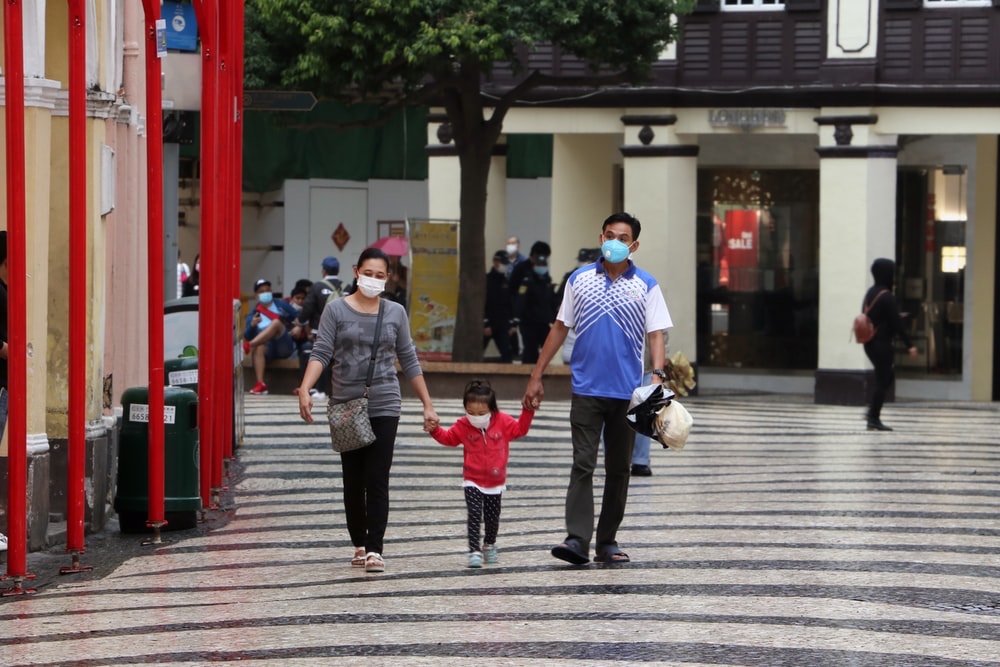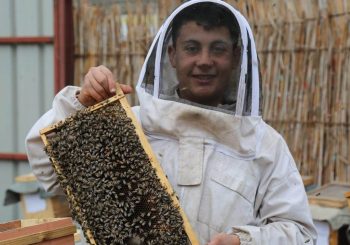The pandemic has interrupted most people from their usual routines, which often include concentrated interaction with other people including, family, loved ones and coworkers. By moving the constant interaction online, the ways in which one gives and receives love have vastly changed. Humans are expected to adapt to a different system from what they have gotten used to their entire lives.
A theory that illustrates the different ways in which humans give and receive love is the 5 Love Languages. This theory comes from a book by Gary Chapman published in 1992 by the same title, where he identifies five ways people express and experience love in romantic relationships as well as platonic ones. In an interview with Chapman for WPTV news, he explained that this concept helps people express love in an effective manner on the emotional level. The five love languages include words of affirmation, acts of service, receiving gifts, quality time and physical touch. Chapman said that keeping love alive is important whether or not there is a crisis going on, but it is especially important in current times.
The love language that is most directly impacted by the precautions taken to avoid COVID-19 is physical touch, as it is one of the easiest ways to catch the virus. For people whose main love languages include physical touch, there has been a negative side effect to not being able to express their love through it anymore. Dania Akkawi, 21, said she isn’t specifically harmed by the lack of physical touch, but the overall decrease of receiving all five languages has affected her.
“Words of affirmation can be done virtually but it’s not the same as sitting in a coffee shop with your friend and talking it out. In terms of gifts, a lot of people send their gifts virtually as delivery, but for me and my friends, we haven’t sent a close friend her graduation gift yet because we want to do it face to face,” Akkawi said.

Quality time is a significant part of the love languages during this time, as with people quarantined with family, it has significantly increased since many aren’t going to school, work or social gatherings. For Akkawi, this was the situation. She’s been quarantined with her mother, aunt, and grandmother since March, and while this strengthened their bond, she now feels it’s hit a growth wall.
“Quality time, at home, it’s been good but it reached a peak. We bonded, but now we’re over it, no one wants to stay at home anymore. It was true in April that the quarantine made us closer, but now we’re stuck together for longer so there’s too many arguments,” she said.
Medical anthropologist at the University of Southern California Lawrence Palinkas said in an interview for Wired that a phenomenon known as ‘the Antarctic stare’ often occurs in such situations being stuck in the same place with other people.
“When exposed to restricted light and limited environmental stimuli, the brain slows down to conserve energy. You may find people essentially dropping out of conversations,” Palinkas said.
This may lead to conversations with those one is quarantined with to be stagnant or frustrating.
In terms of quality time with people one is not quarantining with, it exists in very different forms nowadays. Akkawi and many others now have weekly scheduled Zoom hangouts with friends, but it’s not the same.
Nada Farag, 22, has felt a shift when it comes to the love language of words of affirmation. They noticed a large difference in receiving them over text than in person.
“I’ve reached out to everyone about this but I guess words of admiration are strengthened when coupled with actual physical presence. I feel very disconnected with virtual and online communication now,” Farag said.

A 2020 study from the National Institute for Health Research proved that the confinement and routine of quarantine can easily lead to frustration and boredom.
“Reduced social and physical contact with others were frequently shown to cause boredom, frustration, and a sense of isolation from the rest of the world, which was distressing to participants,” the study cited.
Not being able to take part in usual day-to-day activities enhances those symptoms.
With social media and the constant innovation of how people are able to interact online, a lot of virtual substitutions are possible. In-person quality time can be substituted for video calls, words of affirmation can be given through text and gifts can be virtually sent. An act of service can be in the form of an errand done or a grocery run for someone else. However, physical touch is almost impossible to give or receive during the pandemic as it is – physical.







Comments (2)
[…] so I came across this article titled The Five Love Languages and Understanding Mental Health in a Pandemic and it touches on how people see and express these love languages at this time. The article […]
[…] The Five Love Languages and Understanding Mental Health in a Pandemic […]